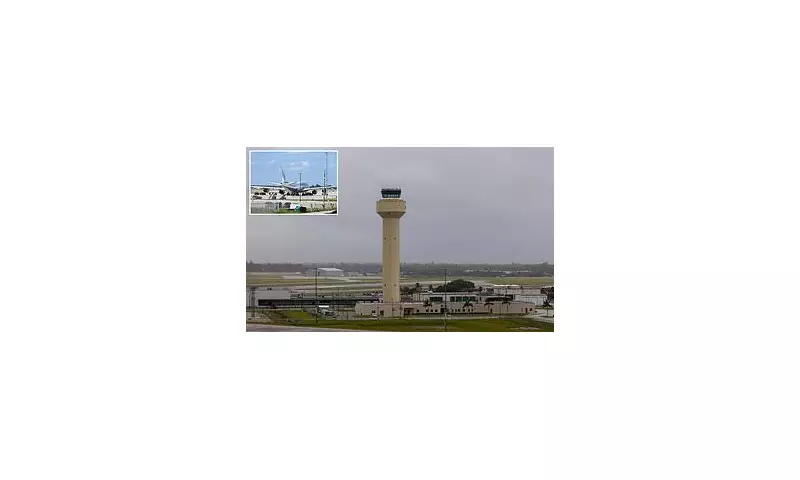
In a dramatic move that could reshape American air travel, the Federal Aviation Administration has unveiled stringent new flight restrictions that will significantly impact major US carriers. The sweeping regulations represent one of the most substantial interventions in commercial aviation operations in recent years.
What the New Restrictions Mean for Travellers
The FAA's comprehensive new measures will affect flight paths, altitude allocations, and scheduling across multiple major airports. Industry experts warn these changes could lead to increased flight times, more frequent delays, and potential cancellations as airlines scramble to adapt their operations.
Aviation authorities cite growing airspace congestion and evolving safety requirements as the primary drivers behind these unprecedented restrictions. The changes come amid increasing pressure on the nation's aviation infrastructure, which has struggled to keep pace with rising passenger demand.
Airline Industry Reaction
Major carriers have expressed deep concern about the operational impact of these new rules. Airline representatives argue that the restrictions could undermine their ability to maintain efficient schedules and potentially increase costs that may eventually be passed on to consumers.
"We're facing the perfect storm of regulatory changes just as travel demand is rebounding to pre-pandemic levels," one industry insider revealed. "The ripple effects could be felt across the entire travel ecosystem."
Long-term Implications for US Aviation
Analysts suggest these restrictions mark a significant shift in how American airspace is managed. The FAA's proactive approach signals a new era of aviation regulation focused on managing capacity rather than simply reacting to incidents.
Travel experts advise passengers to prepare for potential disruptions in the coming months as airlines implement these mandatory changes. They recommend allowing extra time for connections and staying informed about potential schedule adjustments.
The full implementation timeline remains unclear, but sources indicate the changes will be phased in over the next several quarters, giving airlines some breathing room to adapt their operations accordingly.




